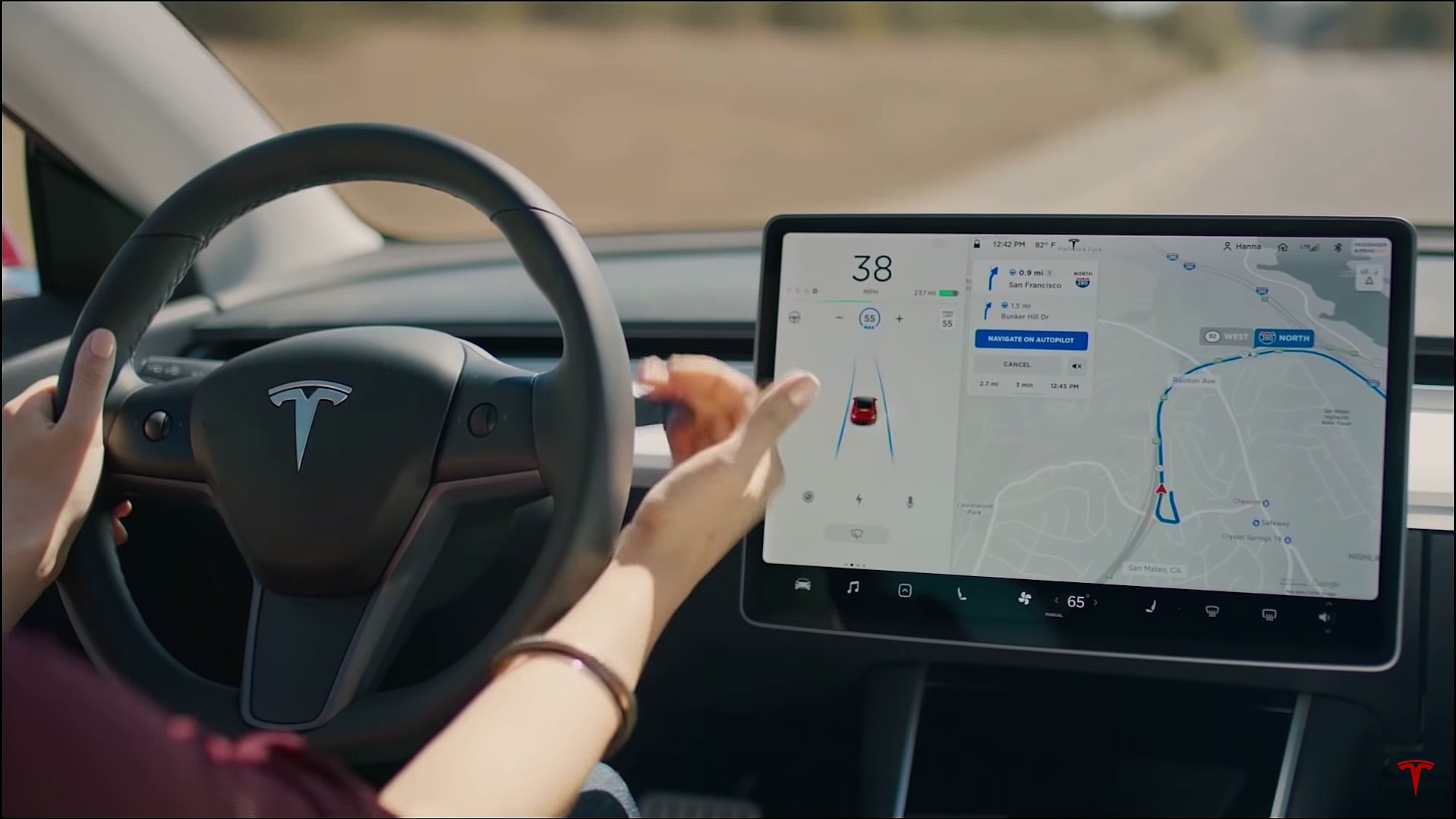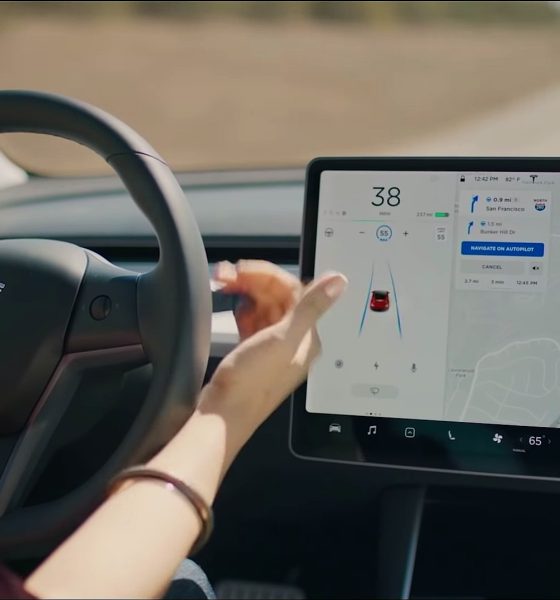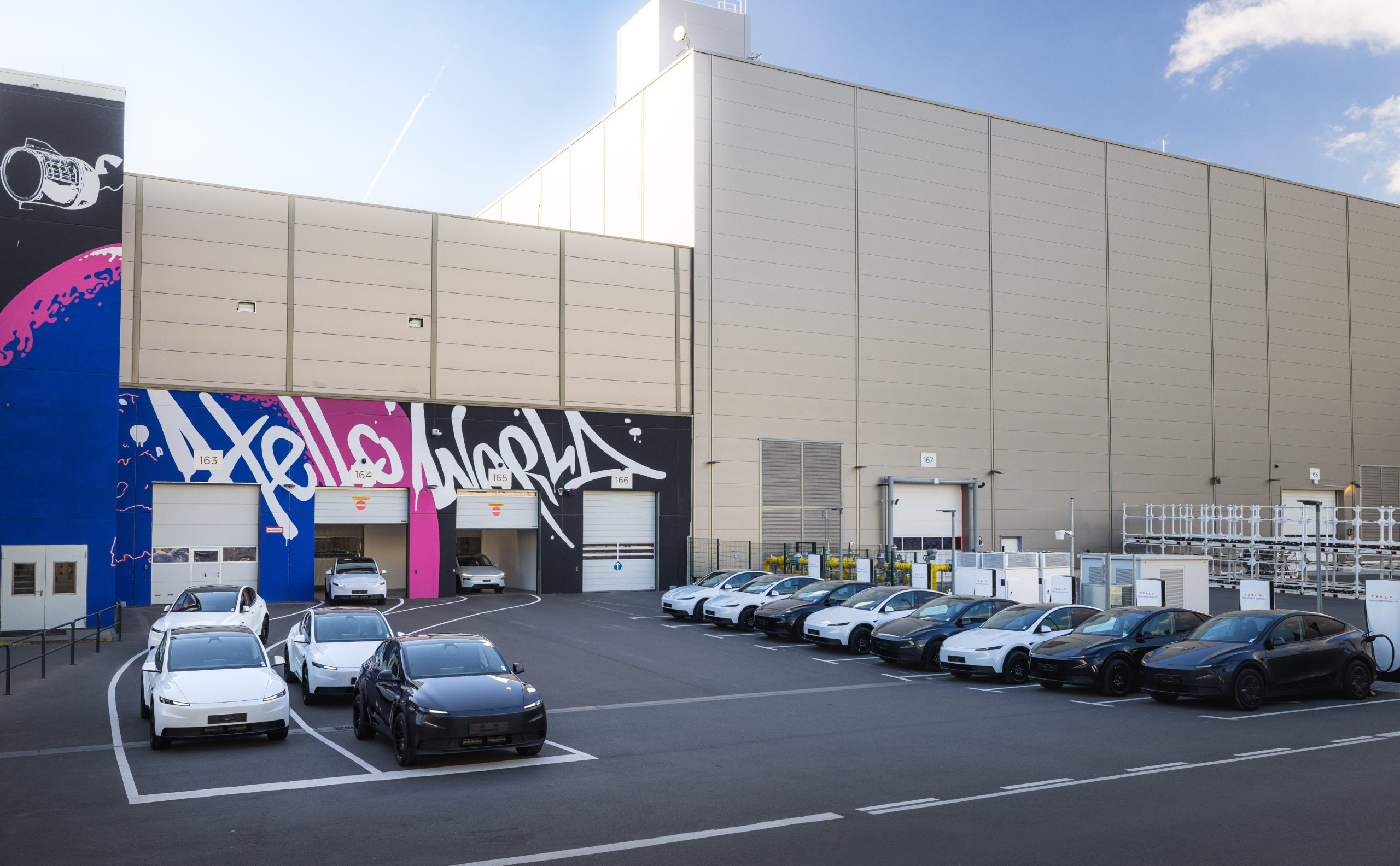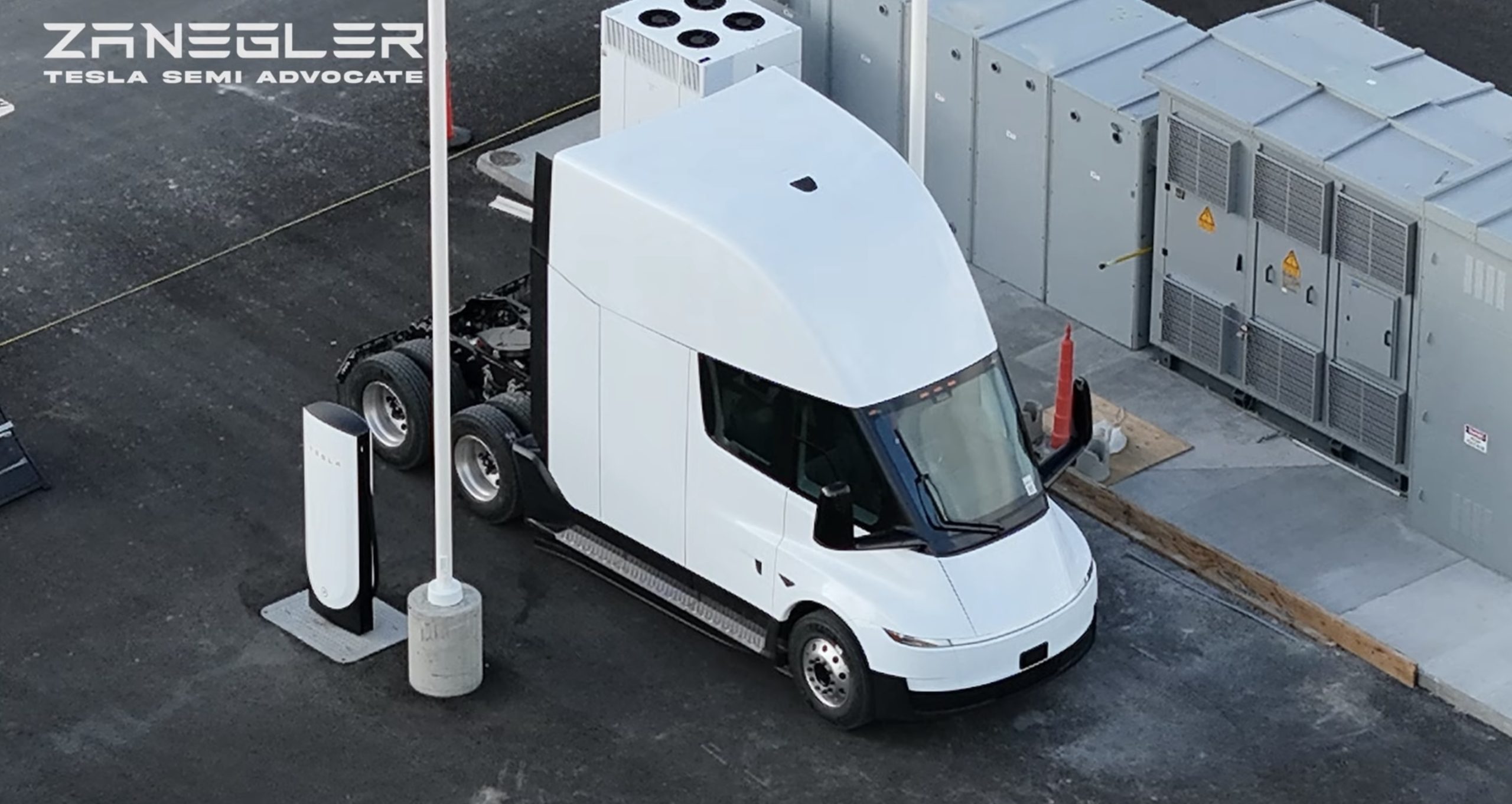

News
Tesla posts stern response to Washington Post’s article on alleged Autopilot dangers
Tesla has posted a stern response to a recent article from The Washington Post that suggested that the electric vehicle maker is putting people at risk because it allows systems like Autopilot to be deployed in areas that it was not designed for. The publication noted that it was able to identify about 40 fatal or serious crashes since 2016, and at least eight of them happened in roads where Autopilot was not designed to be used in the first place.
Overall, the Washington Post article argued that while Tesla does inform drivers that they are responsible for their vehicles while Autopilot is engaged, the company is nonetheless also at fault since it allows its driver-assist system to be deployed irresponsibly. “Even though the company has the technical ability to limit Autopilot’s availability by geography, it has taken few definitive steps to restrict use of the software,” the article read.
In its response, which was posted through its official account on X, Tesla highlighted that it is very serious about keeping both its customers and pedestrians safe. The company noted that the data is clear about the fact that systems like Autopilot, when used safety, drastically reduce the number of accidents on the road. The company also reiterated the fact that features like Traffic Aware Cruise Control are Level 2 systems, which require constant supervision from the driver.
Following is the pertinent section of Tesla’s response.
While there are many articles that do not accurately convey the nature of our safety systems, the recent Washington Post article is particularly egregious in its misstatements and lack of relevant context.
We at Tesla believe that we have a moral obligation to continue improving our already best-in-class safety systems. At the same time, we also believe it is morally indefensible not to make these systems available to a wider set of consumers, given the incontrovertible data that shows it is saving lives and preventing injury.
Regulators around the globe have a duty to protect consumers, and the Tesla team looks forward to continuing our work with them towards our common goal of eliminating as many deaths and injuries as possible on our roadways.
Below are some important facts, context and background.
Background
1. Safety metrics are emphatically stronger when Autopilot is engaged than when not engaged.
a. In the 4th quarter of 2022, we recorded one crash for every 4.85 million miles driven in which drivers were using Autopilot technology. For drivers who were not using Autopilot technology, we recorded one crash for every 1.40 million miles driven. By comparison, the most recent data available from NHTSA and FHWA (from 2021) shows that in the United States there was an automobile crash approximately every 652,000 miles.
b. The data is clear: The more automation technology offered to support the driver, the safer the driver and other road users. Anecdotes from the WaPo article come from plaintiff attorneys—cases involving significant driver misuse—and are not a substitute for rigorous analysis and billions of miles of data.
c. Recent Data continues this trend and is even more compelling. Autopilot is ~10X safer than US average and ~5X safer than a Tesla with no AP tech enabled. More detailed information will be publicly available in the near future.
2. Autopilot features, including Traffic-Aware Cruise Control and Autosteer, are SAE Level 2 driver-assist systems, meaning –
a. Whether the driver chooses to engage Autosteer or not, the driver is in control of the vehicle at all times. The driver is notified of this responsibility, consents, agrees to monitor the driving assistance, and can disengage anytime.
b. Despite the driver being responsible for control for the vehicle, Tesla has a number of additional safety measures designed to monitor that drivers engage in active driver supervision, including torque-based and camera-based monitoring. We have continued to make progress in improving these monitoring systems to reduce misuse.
c. Based on the above, among other factors, the data strongly indicates our customers are far safer by having the choice to decide when it is appropriate to engage Autopilot features. When used properly, it provides safety benefits on all road classes.
Tesla also provided some context about some of the crashes that were highlighted by The Washington Post. As per the electric vehicle maker, the incidents that the publication cited involved drivers who were not using Autopilot correctly. The publication, therefore, omitted several important facts when it was framing its narrative around Autopilot’s alleged risks, Tesla argued.
Following is the pertinent section of Tesla’s response.
The Washington Post leverages instances of driver misuse of the Autopilot driver assist feature to suggest the system is the problem. The article got it wrong, misreporting what’s actually alleged in the pending lawsuit and omitting several important facts:
1. Contrary to the Post article, the Complaint doesn’t reference complacency or Operational Design Domain.
2. Instead, the Complaint acknowledges the harms of driver inattention, misuse, and negligence.
3. Mr. Angulo and the parents of Ms. Benavides who tragically died in the crash, first sued the Tesla driver—and settled with him—before ever pursuing a claim against Tesla.
4. The Benavides lawsuit alleges the Tesla driver “carelessly and/or recklessly” “drove through the intersection…ignoring the controlling stop sign and traffic signal.”
5. The Tesla driver didn’t blame Tesla, didn’t sue Tesla, didn’t try to get Tesla to pay on his behalf. He took responsibility.
6. The Post had the driver’s statements to police and reports that he said he was “driving on cruise.” They omit that he also admitted to police “I expect to be the driver and be responsible for this.”
7. The driver later testified in the litigation he knew Autopilot didn’t make the car self-driving and he was the driver, contrary to the Post and Angulo claims that he was mislead, over-reliant or complacent. He readily and repeatedly admitted:
a. “I was highly aware that was still my responsibility to operate the vehicle safely.”
b. He agreed it was his “responsibility as the driver of the vehicle, even with Autopilot activated, to drive safely and be in control of the vehicle at all times.”
c. “I would say specifically I was aware that the car was my responsibility. I didn’t read all these statements and passages, but I’m aware the car was my responsibility.”
8. The Post also failed to disclose that Autopilot restricted the vehicle’s speed to 45 mph (the speed limit) based on the road type, but the driver was pressing the accelerator to maintain 60 mph when he ran the stop sign and caused the crash. The car displayed an alert to the driver that, because he was overriding Autopilot with the accelerator, “Cruise control will not brake.”
While there are many articles that do not accurately convey the nature of our safety systems, the recent Washington Post article is particularly egregious in its misstatements and lack of relevant context.
We at Tesla believe that we have a moral obligation to continue…
— Tesla (@Tesla) December 12, 2023
Don’t hesitate to contact us with news tips. Just send a message to simon@teslarati.com to give us a heads up.

News
Tesla Supercharger network delivers record 6.7 TWh in 2025
The network now exceeds 75,000 stalls globally, and it supports even non-Tesla vehicles across several key markets.

Tesla’s Supercharger Network had its biggest year ever in 2025, delivering a record 6.7 TWh of electricity to vehicles worldwide.
To celebrate its busy year, the official @TeslaCharging account shared an infographic showing the Supercharger Network’s growth from near-zero in 2012 to this year’s impressive milestone.
Record 6.7 TWh delivered in 2025
The bar chart shows steady Supercharger energy delivery increases since 2012. Based on the graphic, the Supercharger Network started small in the mid-2010s and accelerated sharply after 2019, when the Model 3 was going mainstream.
Each year from 2020 onward showed significantly more energy delivery, with 2025’s four quarters combining for the highest total yet at 6.7 TWh.
This energy powered millions of charging sessions across Tesla’s growing fleet of vehicles worldwide. The network now exceeds 75,000 stalls globally, and it supports even non-Tesla vehicles across several key markets. This makes the Supercharger Network loved not just by Tesla owners but EV drivers as a whole.
Resilience after Supercharger team changes
2025’s record energy delivery comes despite earlier 2024 layoffs on the Supercharger team, which sparked concerns about the system’s expansion pace. Max de Zegher, Tesla Director of Charging North America, also highlighted that “Outside China, Superchargers delivered more energy than all other fast chargers combined.”
Longtime Tesla owner and FSD tester Whole Mars Catalog noted the achievement as proof of continued momentum post-layoffs. At the time of the Supercharger team’s layoffs in 2024, numerous critics were claiming that Elon Musk was halting the network’s expansion altogether, and that the team only remained because the adults in the room convinced the juvenile CEO to relent.
Such a scenario, at least based on the graphic posted by the Tesla Charging team on X, seems highly implausible.
News
Tesla targets production increase at Giga Berlin in 2026
Plant manager André Thierig confirmed the facility’s stable outlook to the DPA, noting that Giga Berlin implemented no layoffs or shutdowns amid challenging market conditions.

Tesla is looking positively toward 2026 with plans for further growth at its Grünheide factory in Germany, following steady quarterly increases throughout 2025.
Plant manager André Thierig confirmed the facility’s stable outlook to the Deutsche Presse-Agentur (DPA), noting that Giga Berlin implemented no layoffs or shutdowns despite challenging market conditions.
Giga Berlin’s steady progress
Thierig stated that Giga Berlin’s production actually rose in every quarter of 2025 as planned, stating: “This gives us a positive outlook for the new year, and we expect further growth.” The factory currently supplies over 30 markets, with Canada recently being added due to cost advantages.
Giga Berlin’s expansion is still underway, with the first partial approval for capacity growth being secured. Preparations for a second partial approval are underway, though the implementation of more production capacity would still depend on decisions from Tesla’s US leadership.
Over the year, updates to Giga Berlin’s infrastructure were also initiated. These include the relocation of the Fangschleuse train station and the construction of a new road. Tesla is also planning to start battery cell production in Germany starting 2027, targeting up to 8 GWh annually.
Resilience amid market challenges
Despite a 48% drop in German registrations, Tesla maintained Giga Berlin’s stability. Thierig highlighted this, stating that “We were able to secure jobs here and were never affected by production shutdowns or job cuts like other industrial sites in Germany.”
Thierig also spoke positively towards the German government’s plans to support households, especially those with low and middle incomes, in the purchase and leasing of electric vehicles this 2026. “In our opinion, it is important that the announcement is implemented very quickly so that consumers really know exactly what is coming and when,” the Giga Berlin manager noted.
Giga Berlin currently employs around 11,000 workers, and it produces about 5,000 Model Y vehicles per week, as noted in an Ecomento report. The facility produces the Model Y Premium variants, the Model Y Standard, and the Model Y Performance.
News
Tesla revamped Semi spotted, insane 1.2 MW charging video releases
These developments highlight Tesla’s ongoing refinements to the vehicle’s design and infrastructure.

Tesla is gearing up for high-volume Semi production in 2026, with the Class 8 all-electric truck’s revamped variant being spotted in the wild recently. Official footage from Tesla also showed the Semi achieving an impressive 1.2 MW charging rate on a charger.
These developments highlight Tesla’s ongoing refinements to the vehicle’s design and infrastructure.
Revamped Tesla Semi sighting
Tesla Semi advocate @HinrichsZane, who has been chronicling the progress of the vehicle’s Nevada factory, recently captured exclusive drone footage of the refreshed Class 8 truck at a Megacharger stall near Giga Nevada. The white unit features a full-width front light bar similar to the Model Y and the Cybercab, shorter side windows, a cleared fairing area likely for an additional camera, and diamond plate traction strips on the steps.
Overall, the revamped Semi looks ready for production and release. The sighting marks one of the first real-life views of the Class 8 all-electric truck’s updated design, with most improvements, such as potential 4680 cells and enhanced internals, being hidden from view.
1.2 MW charging speed and a new connector
The official Tesla Semi account on X also shared an official video of Tesla engineers hitting 1.2 MW sustained charging on a Megacharger, demonstrating the vehicle’s capability for extremely rapid charging. Tesla Semi program lead Dan Priestley confirmed in a later post on X that the test occurred at a dedicated site, noting that chargers at the Semi factory in Nevada are also 1.2 MW capable.
The short video featured a revamped design for the Semi’s charging port, which seems more sleek and akin to the NACS port found in Tesla’s other vehicles. It also showed the Tesla engineers cheering as the vehicle achieved 1.2 MW during its charging session. Dan Priestley explained the Semi’s updated charging plug in a post on X.
“The connector on the prior Semi was an early version (v2.4) of MCS. Not ‘proprietary’ as anyone could have used it. We couldn’t wait for final design to have >1MW capability, so we ran with what had been developed thus far. New Semi has latest MCS that is set to be standard,” the executive wrote in a post on X.
Check out the Tesla Semi’s sighting at the Nevada factory in the video below.








